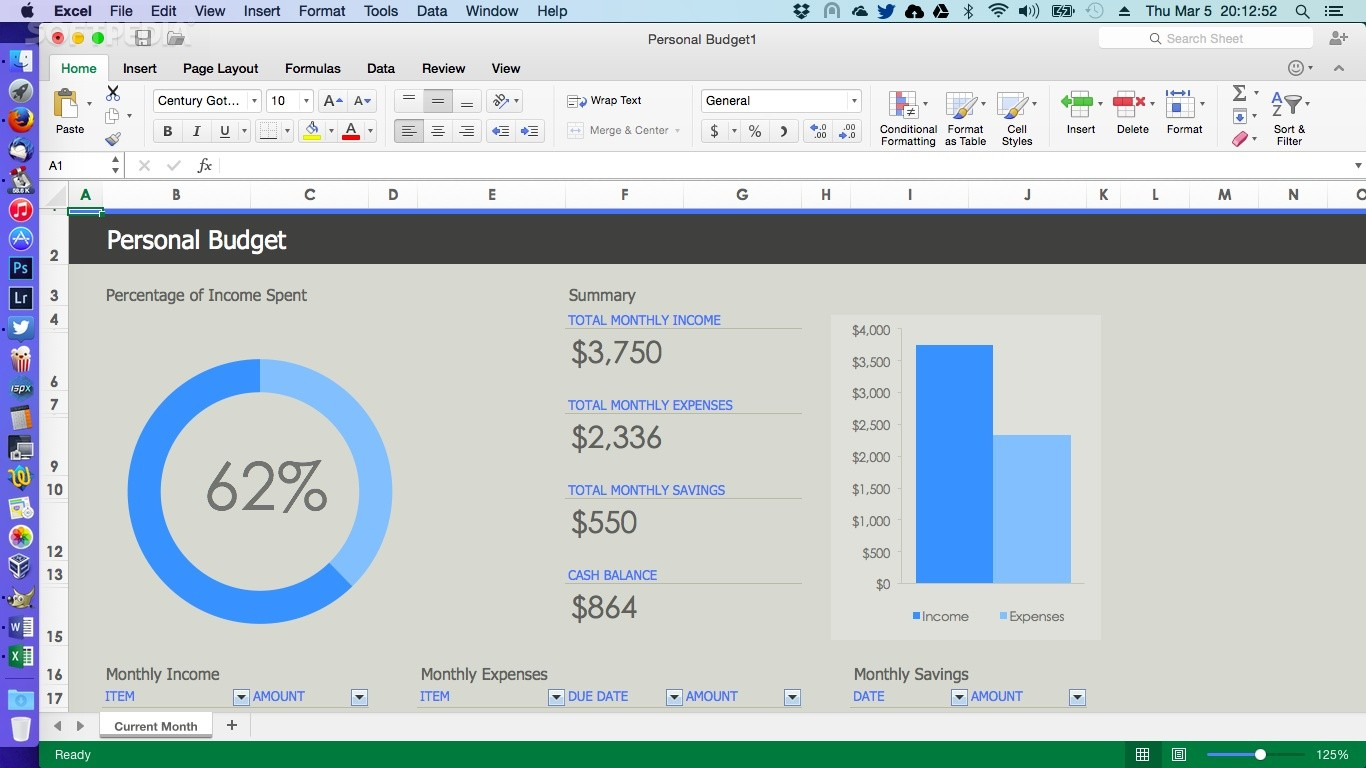
That seems to be the most commonly used convention. Allen Wyatt is suggesting, I think, that it is one that has a CarriageReturn and LineFeed pair as the thing which separates the lines in the entire long string of the file.

Just opening it simply with Excel is likely to catch you out sometimes due to the different formats that might be usedĪbout the right format for a PC…. I think one of the safest things to do is to open a “.csv file” using VBA as an entire long string of the file, than doing some intelligent analysis of it, before putting the values into a worksheet. Just recently I have been tearing my head out trying to help someone on a forum who randomly is supplying some of his test data in “.csv files” with different formats, although at first glance they look the same. Thanks Mike B, and thanks Allen Wyatt for this tip. You should be able to choose either option and have the file work just fine.
EXCEL FOR WINDOWS AND MAC MAC
The Mac includes CSV options for both Windows and MS-DOS systems. If you are creating the CSV export file on the Mac for later use on the PC, you will want to make sure that you select a CSV format appropriate for the target system.
EXCEL FOR WINDOWS AND MAC PC
In the PC world, lines are terminated with a carriage return/line feed combination, which can mess things up on the Macintosh. This option results in a CSV file where each record (each line in the file) is terminated with a carriage return, as expected by the Mac. If your export file is destined for use on a Macintosh, you should choose the second CSV option. The second format, for the Macintosh, is worth noting, however. There are subtle differences between all three formats, but for most people, the first and third formats are essentially the same-they both work on the PC. You can choose any of these CSV options by using the Save As Type drop-down list at the bottom of the Save As dialog box. There are actually three CSV formats included with Excel:
EXCEL FOR WINDOWS AND MAC HOW TO
When selecting how to export you data, you need to be sure that you pick the export format that is appropriate for the system on which it will be used. Comma-delimited files are often referred to as CSV (comma-separated value) files, and are often used for exchanging data between programs. If you want to solve a workbook model that is stored on your local PC, use the Solver included with desktop Excel, or one of Frontline's enhanced Solvers for desktop Excel.Excel allows you to save worksheet data in a comma-delimited format, so you can use it with other programs. NOTE: Although the Solver add-in can be used in Excel 2013 and Excel 2016, because your model is solved "in the cloud," this Solver add-in works only with Excel workbooks that are stored online. Now when you open your workbook, the Solver Task Pane should appear automatically. Click File Save As, and save to your Office 365 or SharePoint document library, or OneDrive or OneDrive for Business folder.ĥ. Click to see the Solver add-in listing in the Office Store.Ĥ. If this is your first time using the Solver add-in, click Store, and look in the Data Analytics category. In the Office Add-ins dialog, find and select Solver under Click the Insert tab, then click the My Add-ins button.Ģ. If Solver appears in the Recently Used Add-ins dropdown list, select it there, and skip to step 4.ģ.

Open the workbook where you want to use Solver. If you don't see the Solver Task Pane in your worksheet, you need to insert the Solver add-in: Follow the steps in Microsoft Office Support on How to get an Office Add-in for Excel.ġ. In Excel Online for Office 365, Excel Web App for SharePoint, or Excel on iPad, use the Solver add-in. Now on the Tools menu, you should see the Solver command. button and navigate to the folder containing Solver.xlam. If you don't see this name in the list, click the Select. In Excel for Macintosh, if you don't see the Solver command on the Tools menu, you need to load the Solver add-in.ġ. Click the Tools menu, then click the Add-ins command.Ģ. In the Add-ins available box, select the Solver.xlam check box. Now on the Data tab, in the Analysis group, you should see the Solver command. If you don't see this name in the list, click the Browse. In Excel for Windows, if you don't see the Solver command or the Analysis group on the Data tab, you need to load the Solver add-in.ġ. Click the File tab, click Options, and then click the Add-ins category.Ģ. In the Manage box, click Excel Add-ins, and then click Go.ģ. In the Add-ins available box, select the Solver Add-in check box.


 0 kommentar(er)
0 kommentar(er)
